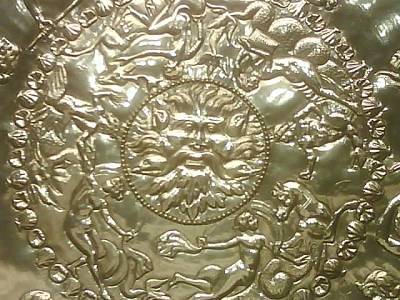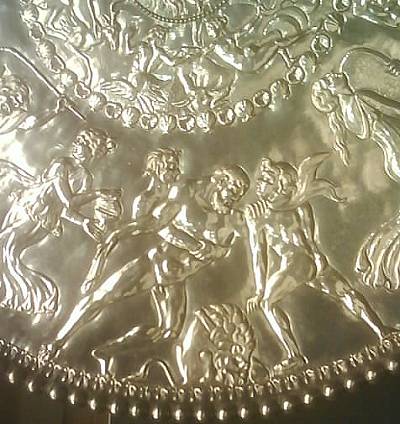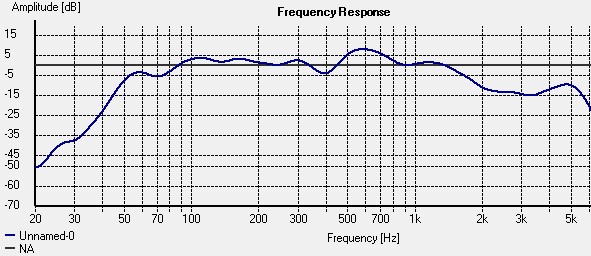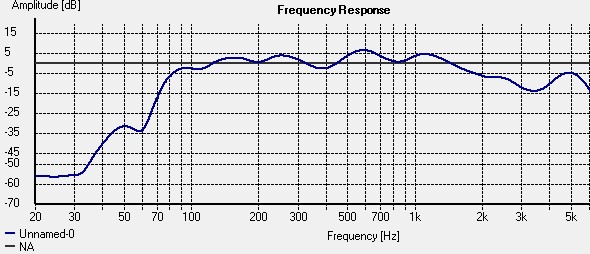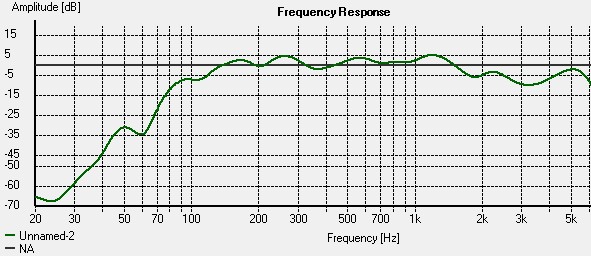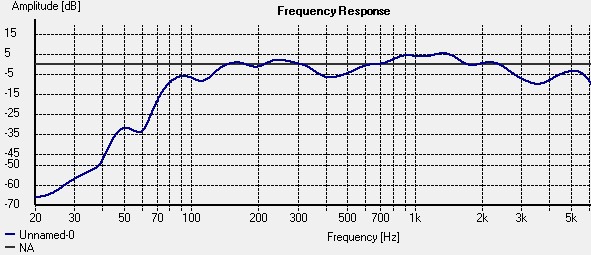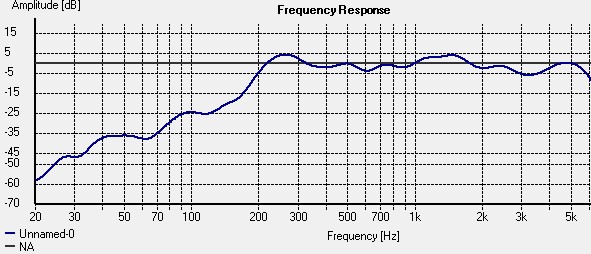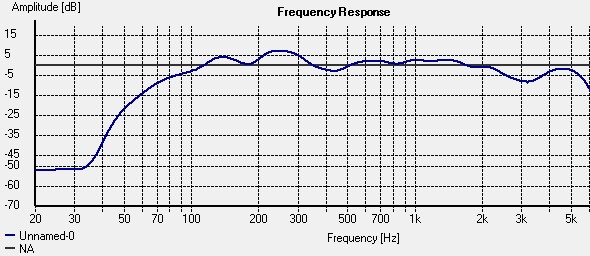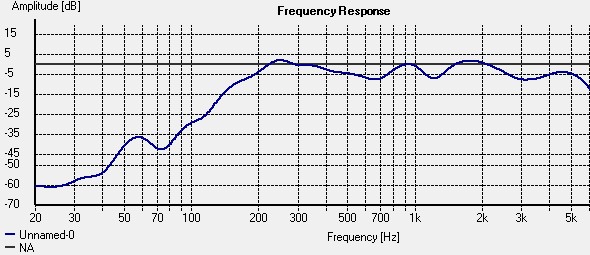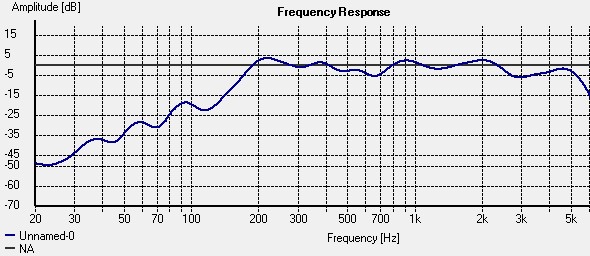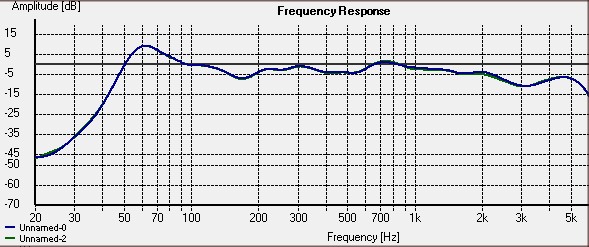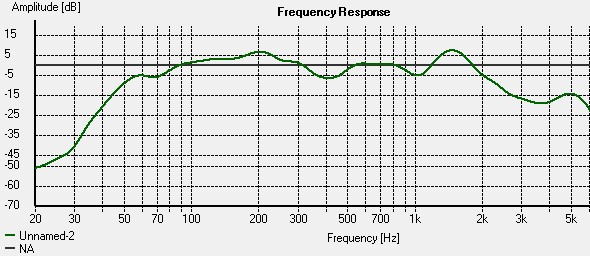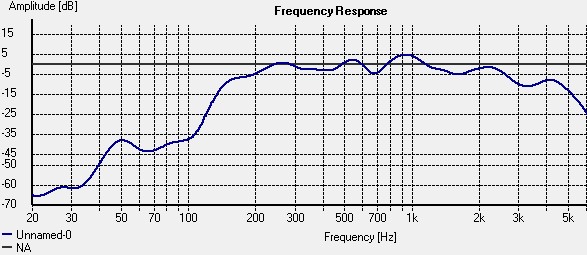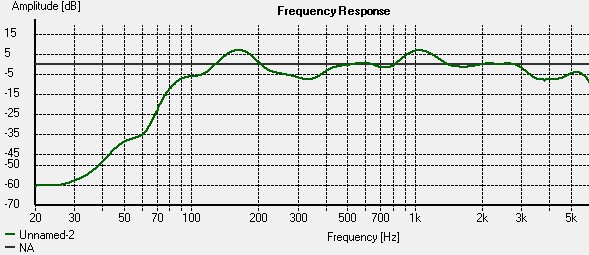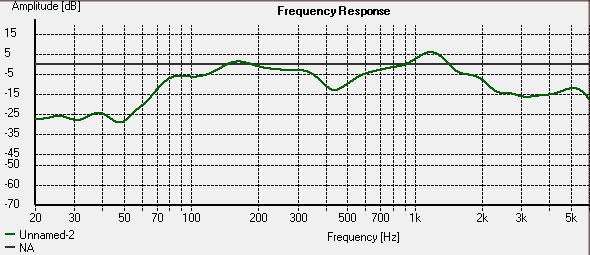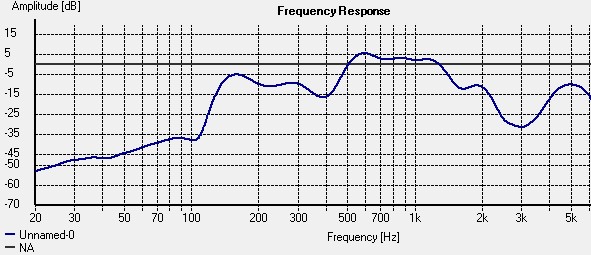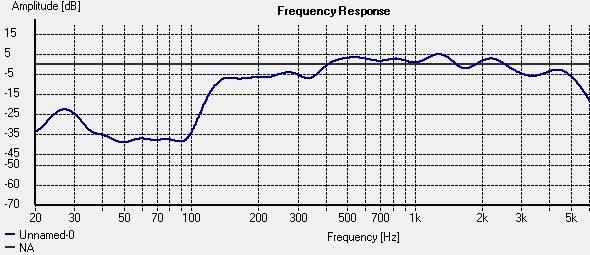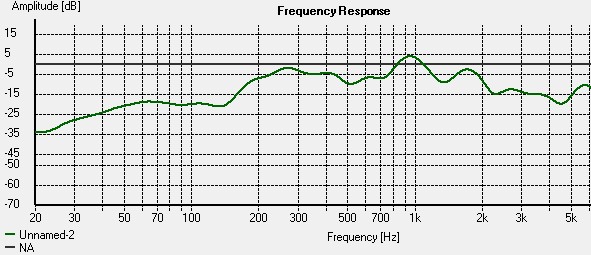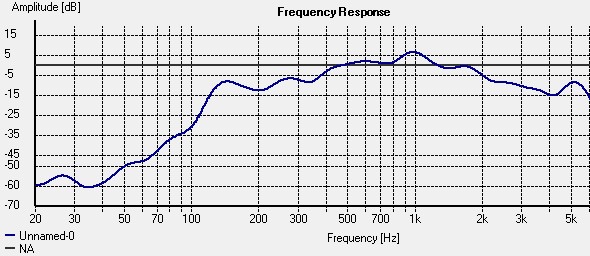Dear All
A member emailed me yesterday asking if I knew anyone who might be able to give organ tuition in Wolverhampton . . .
I did suggest she post a new topic here but might have been too embarrassed to do so . . . ?
Anyway, all ideas and suggestions will be welcome.
Best wishes
David P
A member emailed me yesterday asking if I knew anyone who might be able to give organ tuition in Wolverhampton . . .
I did suggest she post a new topic here but might have been too embarrassed to do so . . . ?
Anyway, all ideas and suggestions will be welcome.
Best wishes
David P


